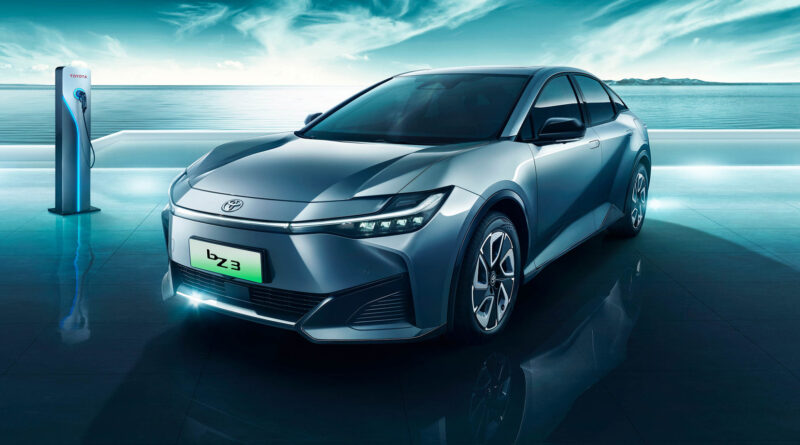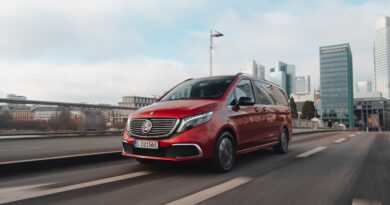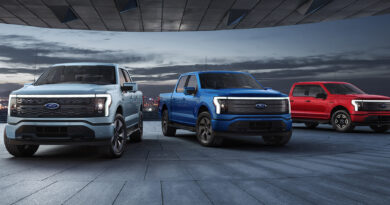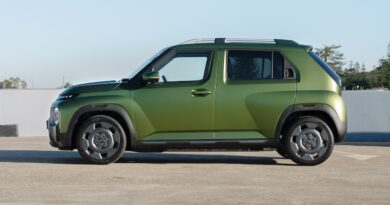Toyota reveals Tesla-fighting bZ3 electric sedan as it rethinks EV rollout
The second model from Toyota’s new bZ (Beyond Zero) EV brand has been officially revealed at the same time news has leaked from the auto giant that it is revamping its approach to electrification.
The bZ3 is a passenger sedan that will be aimed exclusively at the Chinese market.
It will follow the bZ4X SUV on-sale. That model has had its Australian on-sale date delayed into 2023.
READ MORE: Revealed! Every new Toyota and Lexus EV due by 2030
READ MORE: Toyota reveals massive electric plans: 30 new EVs by 2030
Based on Toyota’s e-TNGA platform, the bZ3 is 4.73 metres long, 1.84 metres wide, 1.48 metres high and has a 2.88m wheelbase. It measures up very close to the Tesla Model 3.

Unlike the bZ4X, the bZ3 has been co-developed with BYD and will use the Chinese firm’s less bulky Blade LFP batteries.
“The battery structure, cooling, control, and safety monitoring systems were all newly designed for this car, making its high-quality electrification system efficient, advanced, safe, and reliable,” a Toyota media release stated.
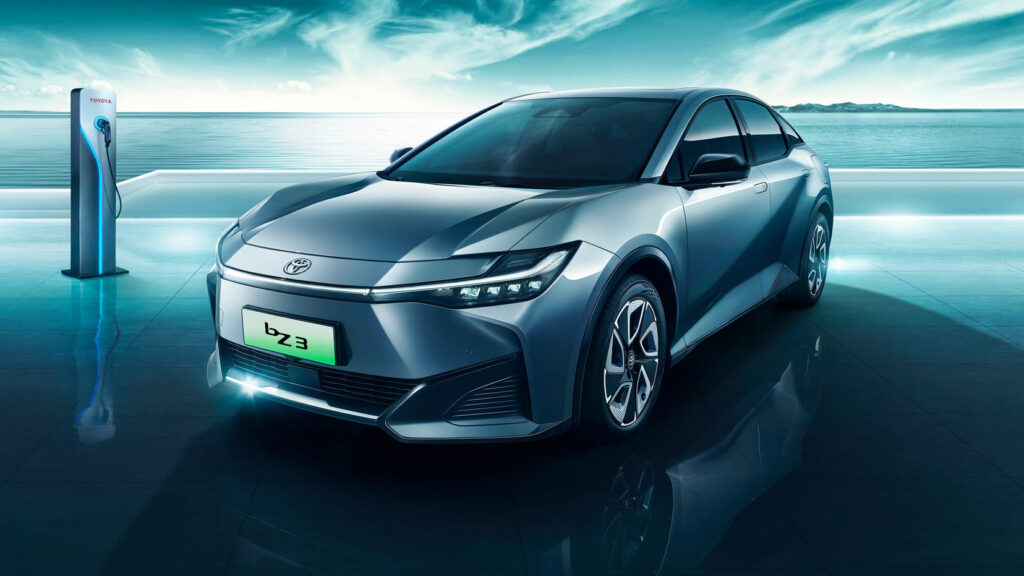
The bZ3 is claimed to have a 600km range based on China’s CLTC standard.
No details are provided regarding the powertrain. But if the bZ4X is any guide it will offer single motor front-wheel drive as a starting point. Potentially it could also comes as a dual motor all-wheel drive.
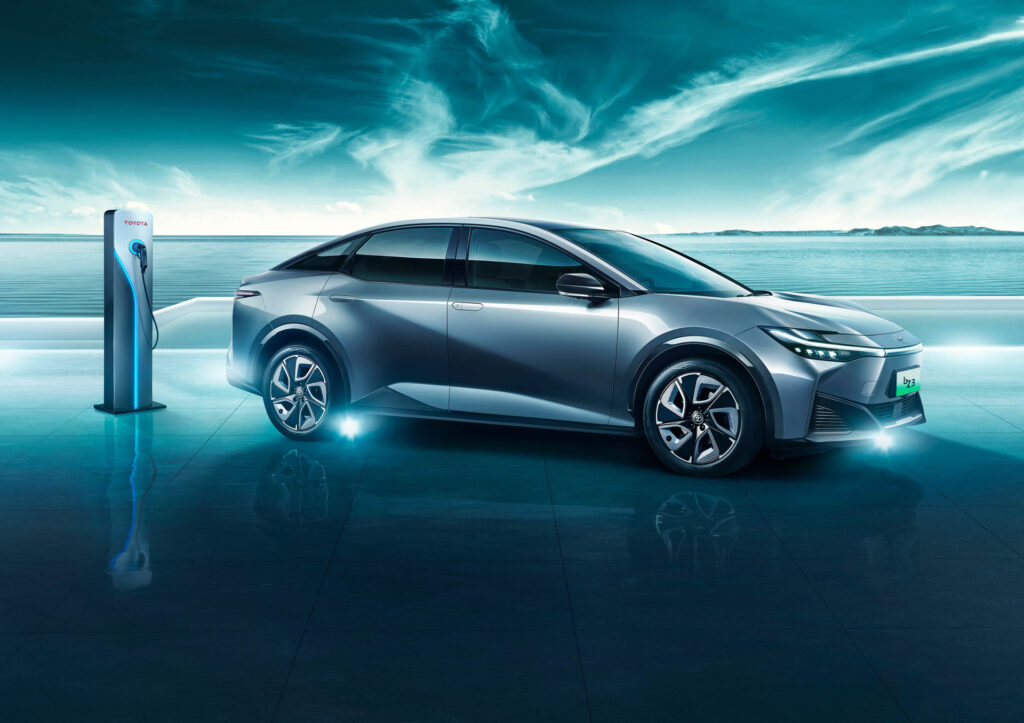
It will be build and sold by the FAW-Toyota joint-venture, although an exact launch date is not stated.
“Toyota is committed to offering more appealing products to customers in China. It plans to introduce more bZ models, following the bZ4X and bZ3,” the media statement added.
Intriguingly though, just what form they could take and the dates for introduction might change if a Reuters news agency report of a significant overhaul of Toyota’s EV plans turn out to be accurate.
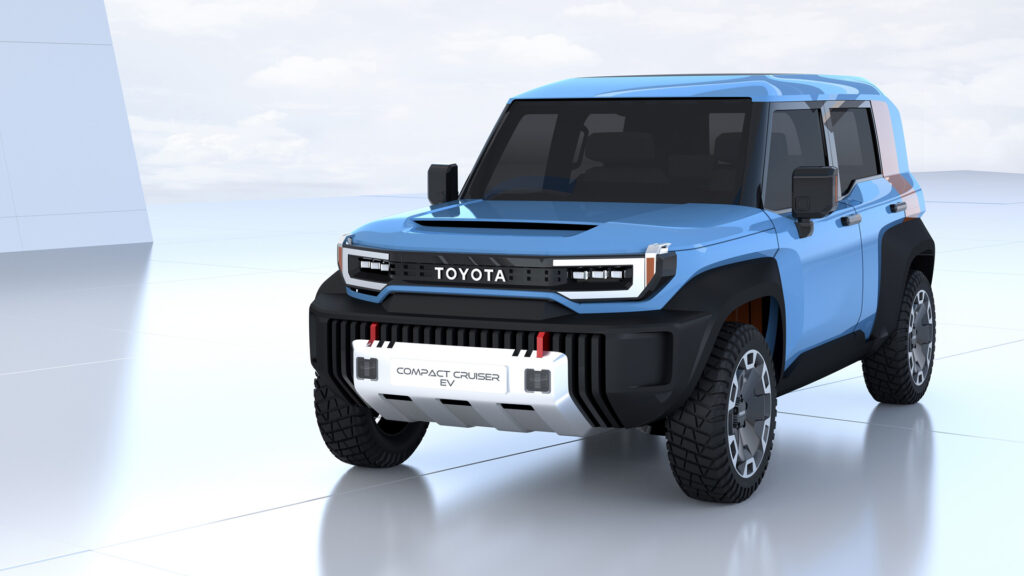
Relying on information from as many as six anonymous sources, Reuters reported that development of some of 30 Toyota EV projects has been suspended while a ‘Business Revolution’ group seeks improvements to the existing e-TNGA platform and considers the development of a new EV architecture.
Among the parked projects are the Toyota Compact Cruiser and the battery electric Toyota Crown, Reuters reported.
The hold could mean a slower initial roll-out of EVs from Toyota, which announced it would spend $100 billion launching 30 EVs – including a ute – by 2030 under the bZ, Toyota and luxury Lexus badges.
EV evangelist Tesla’s success in cutting production costs has been a contributor to Toyota’s review, Reuters reported.
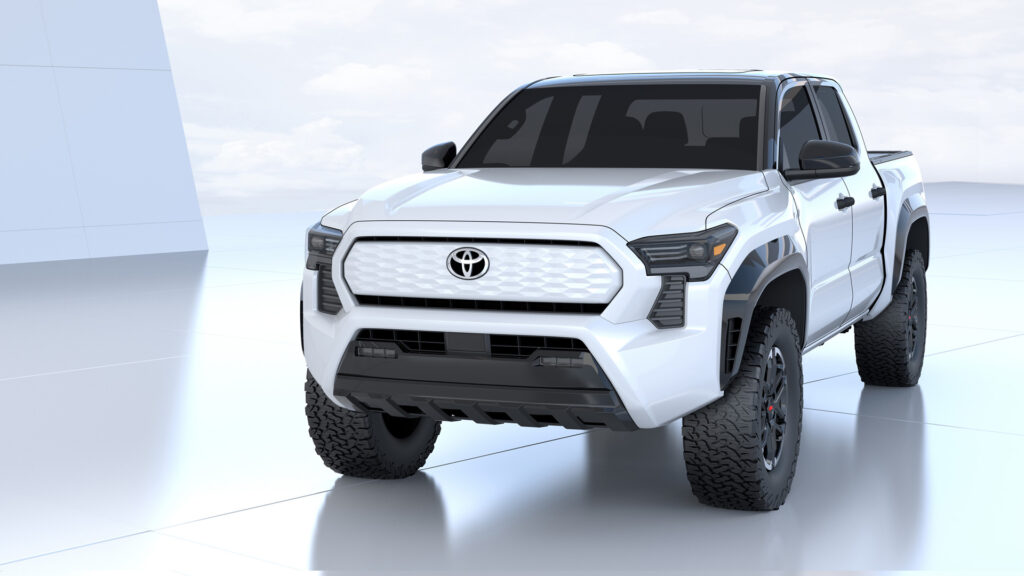
Another factor is a dramatically quickening global sales rate for EVs that is outstripping Toyota’s forecasts.
The e-TNGA platform was designed to be produced on assembly lines alongside ICE-powered vehicles because EVs were only expected to account for one third of Toyota’s volume by 2030.
But Toyota now expects 50 percent of sales to be EVs by that date.
Getting the first model to market based on a new EV platform could take as long as five years. Other focuses include ‘mega castings’ as used in its production process by Tesla and much more efficient thermal management systems.

